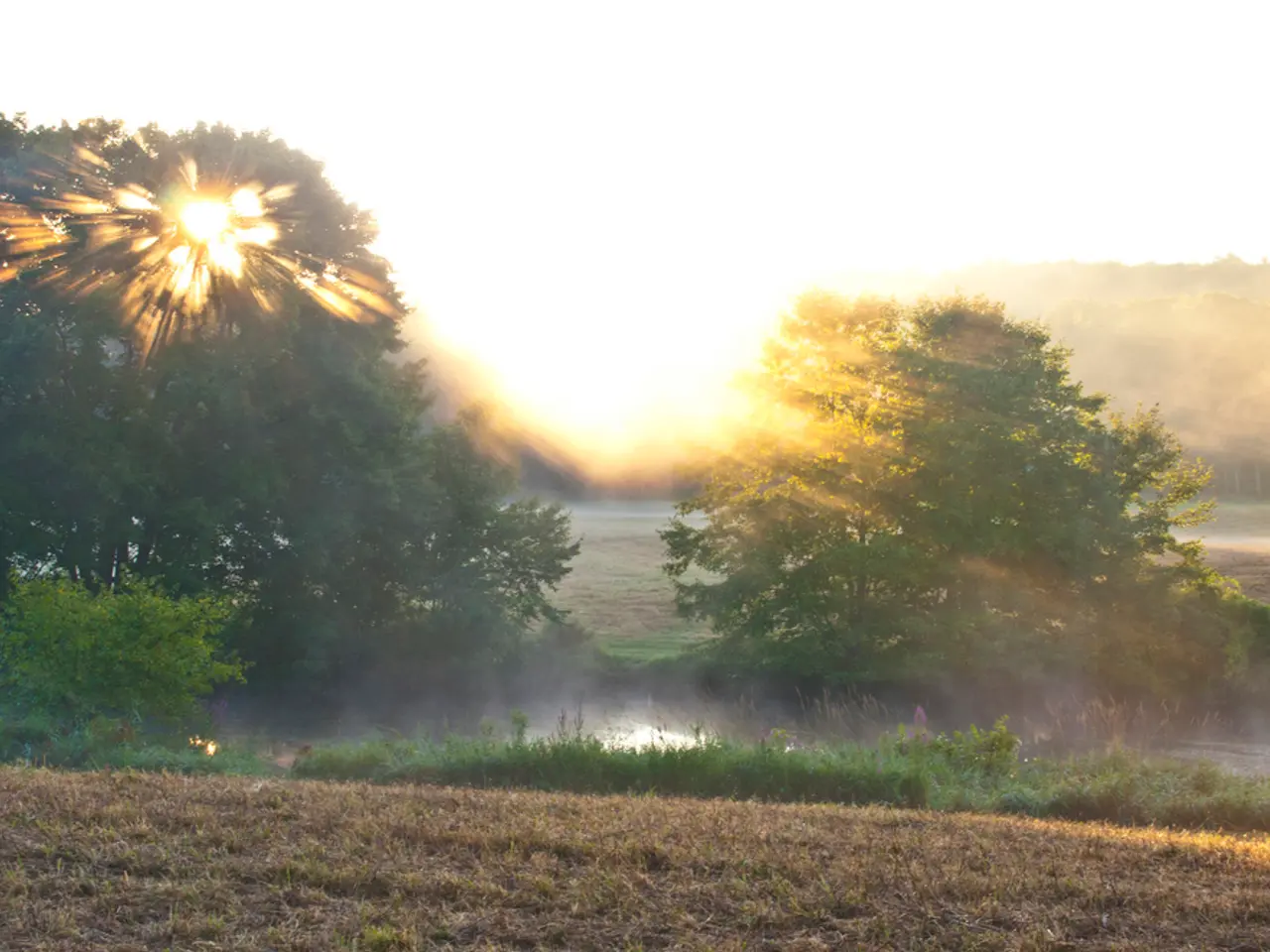Do Garden Beds Require Proper Drainage?
In the pursuit of a thriving garden, good drainage is essential for most plants. Here's a guide on how to improve drainage in your raised garden beds.
Mary Ellen Ellis, a seasoned gardener with over 20 years of experience in flowers, native plants, and herbs, shares her insights. Ellis, who holds degrees in Chemistry and Biology, offers practical advice to help you create the perfect growing environment.
Choosing the Best Spot
To maximise drainage, select the best spot for your raised beds, avoiding low areas that tend to collect water.
Improving Drainage with Organic Materials
Using loose organic material like twigs, leaves, wood chips, or lawn clippings in the bottom of the raised bed can improve drainage. As these materials decompose, they create air pockets and enhance drainage over time.
A Well-Balanced Soil Mix
A well-balanced soil mix that includes aeration materials like perlite, vermiculite, sand, or pumice can significantly improve drainage. For example, a mixture of 60% topsoil, 30% compost, and 10% aeration material is effective when native soil drains well.
Raising the Bed
Raised garden beds offer better drainage than most standard beds due to their elevated design. Ensure the bed is raised at least 8-12 inches above the native soil to further improve drainage by elevating roots above wet ground and encouraging excess water to drain away.
Avoiding Impermeable Liners
Avoid placing impermeable liners at the bottom of the bed unless necessary, as they can trap water and reduce drainage if installed improperly.
Adding a Drainage System
If your raised bed is situated in an area prone to waterlogging, consider installing a French drain or drainage system beneath the bed. This involves placing perforated pipes in gravel trenches to redirect excess water away.
Considering Breathable Materials
Fabric raised beds made of breathable material promote better aeration and root drainage compared to plastic or wood frames that can retain moisture and heat excessively.
Maintaining Soil Health
Regularly adding compost and organic amendments to your raised bed helps maintain soil health. Overwatering should be avoided, and using mulch can help balance soil moisture and prevent surface compaction that restricts drainage.
Adding Layers and Holes
Even with elevation and a good soil mix, drainage may not be good enough. Adding layers of organic material may not be enough to ensure good drainage. Drill or cut holes or vertical slits in the sides of the bed to allow extra water to drain out.
By following these steps, you can create a loose, well-structured soil environment in raised beds that supports healthy root growth while preventing water from pooling or causing root rot. Happy gardening!
This article features products available from third-party vendors on the platform Shop. Vego raised garden beds, known for their long lifespan and ability to maintain their appearance season after season, are a popular choice. However, wooden beds decay over time. If you don't want to replace the wooden boards with new ones, consider a product with a longer lifespan, such as Vego raised garden beds, which have a lifespan of 20+ years.
To optimize a home-and-garden lifestyle within a raised garden bed, employing practical strategies like selecting an elevated location, utilizing organic materials for better drainage, and maintaining a balanced soil mix can significantly aid in fostering the perfect growing environment. In addition, employing a fabric raised garden bed made of breathable materials can enhance aeration and root drainage.




